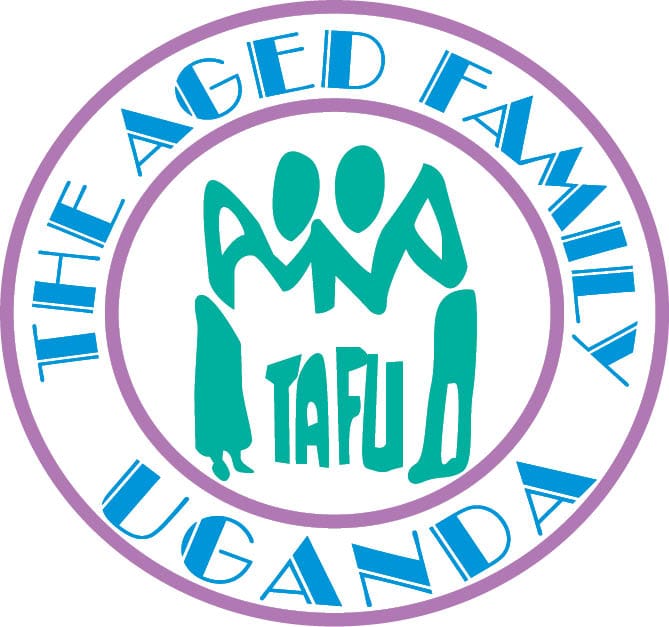Bitcoin Halving and Its Influence on International Health Technology Transfer
Bitcoin Halving and Its Influence on International Health Technology Transfer
In recent years, Bitcoin halving AI Invest Maximum events have garnered significant attention from the global financial community. These events, which occur approximately every four years, are designed to reduce the rate at which new Bitcoins are created, thereby limiting the total supply of the cryptocurrency. This process, known as halving, has far-reaching implications for the Bitcoin market and has the potential to impact a wide range of industries, including health technology transfer.
Bitcoin halving events have historically led to increased volatility in the cryptocurrency market, as investors adjust their strategies in response to the reduced supply of new Bitcoins. This volatility can have both positive and negative effects on the health technology transfer industry, depending on how stakeholders adapt to the changing market dynamics.
One potential positive impact of Bitcoin halving on health technology transfer is the increased value of Bitcoin itself. As the supply of new Bitcoins decreases, the price of the cryptocurrency tends to rise, creating opportunities for investors to profit from their investments. This increased value could lead to greater interest in Bitcoin and other cryptocurrencies, potentially attracting new investors to the market.
In turn, this influx of new investors could stimulate investment in health technology transfer projects, as stakeholders look for new opportunities to leverage the rising value of digital assets. This could lead to increased funding for innovative health technologies, improving access to quality healthcare services around the world.
On the other hand, the volatility associated with Bitcoin halving events could also pose challenges for the health technology transfer industry. Fluctuations in the price of Bitcoin can make it difficult for investors to accurately assess the value of their investments, potentially leading to hesitancy in funding new projects.
Additionally, the heightened risk and uncertainty that accompany Bitcoin halving events could deter some investors from participating in the market, further complicating the process of transferring health technologies internationally. This could slow the pace of innovation in the health technology sector and hinder efforts to improve global healthcare outcomes.
To mitigate these risks and maximize the benefits of Bitcoin halving for health technology transfer, stakeholders must adopt a proactive approach to managing their investments. By closely monitoring market trends and staying informed about the latest developments in the cryptocurrency space, investors can position themselves to take advantage of opportunities that arise during Bitcoin halving events.
Furthermore, collaboration between policymakers, healthcare providers, and technology developers will be essential to ensuring that health technology transfer initiatives continue to thrive in the wake of Bitcoin halving. By working together to identify and address the challenges posed by volatile markets, stakeholders can create a more stable and sustainable environment for innovation in the health technology sector.
In conclusion, Bitcoin halving events have the potential to significantly impact the health technology transfer industry, both positively and negatively. By understanding the dynamics of the cryptocurrency market and taking proactive steps to manage investment risks, stakeholders can leverage the opportunities presented by Bitcoin halving to advance the development and deployment of innovative health technologies on a global scale.
